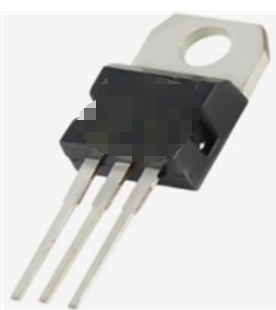Date:2025-07-02 Categories:Product knowledge Hits:249 From:Guangdong Youfeng Microelectronics Co., Ltd
2. Viewing the bias method: For BJTs,transistor it is necessary to analyze the bias situation between the base, emitter, and collector, that is, the relationship between the base voltage and emitter voltage (V_BE) and the collector voltage and base voltage (V_CB); For FET, it is necessary to examine the relationship between gate voltage and source voltage (V_GS) and drain voltage and source voltage (V_DS).
3. Determining the workspace: For BJTs, it is necessary to determine whether they are in the cutoff region, saturation region, or amplification region; For FET, it is necessary to determine whether it is in the cutoff region, ohmic region, or saturation region (also known as the active region). transistor
4. Analyze circuit configuration: Identify the configuration of transistors in the circuit, such as common emitter amplifier, common collector amplifier (BC848BW1G emitter follower), common base amplifier, etc. Each configuration has its specific input-output characteristics and application scenarios. transistor
5. Calculate DC operating point: DC operating point (also known as static operating point or Q point) refers to the DC voltage and current state of a transistor in the absence of an input signal. This typically involves conducting volt ampere analysis on the resistors in the circuit to determine the base current (I2), collector current (I2), and emitter current (I2). transistor
6. Analyzing signal amplification: For amplifier circuits, it is necessary to calculate the current amplification factor (β or h-FE) of the transistor, input impedance and output impedance, as well as voltage gain and current gain.
7. Frequency response: Consider the frequency response of a transistor circuit, including cutoff frequency and bandwidth, which is particularly important for high-frequency circuits. transistor
8. Considering temperature effect: Temperature changes can affect the characteristics of the transistor, it is necessary to analyze the impact of temperature on the DC operating point of the transistor and whether temperature compensation is needed.
9. Nonlinear distortion analysis: In amplifier design, it is necessary to consider the nonlinear distortion generated during the signal amplification process. transistor
application and requirements of the circuit, factors such as circuit stability, power consumption, and noise performance may also need to be considered. Through the above analysis, we can comprehensively understand the role and function of the transistor in the circuit.

Previous: Classification, Structure, and Principle of MOSFET
Next: The structure, function, and working principle of a transistor